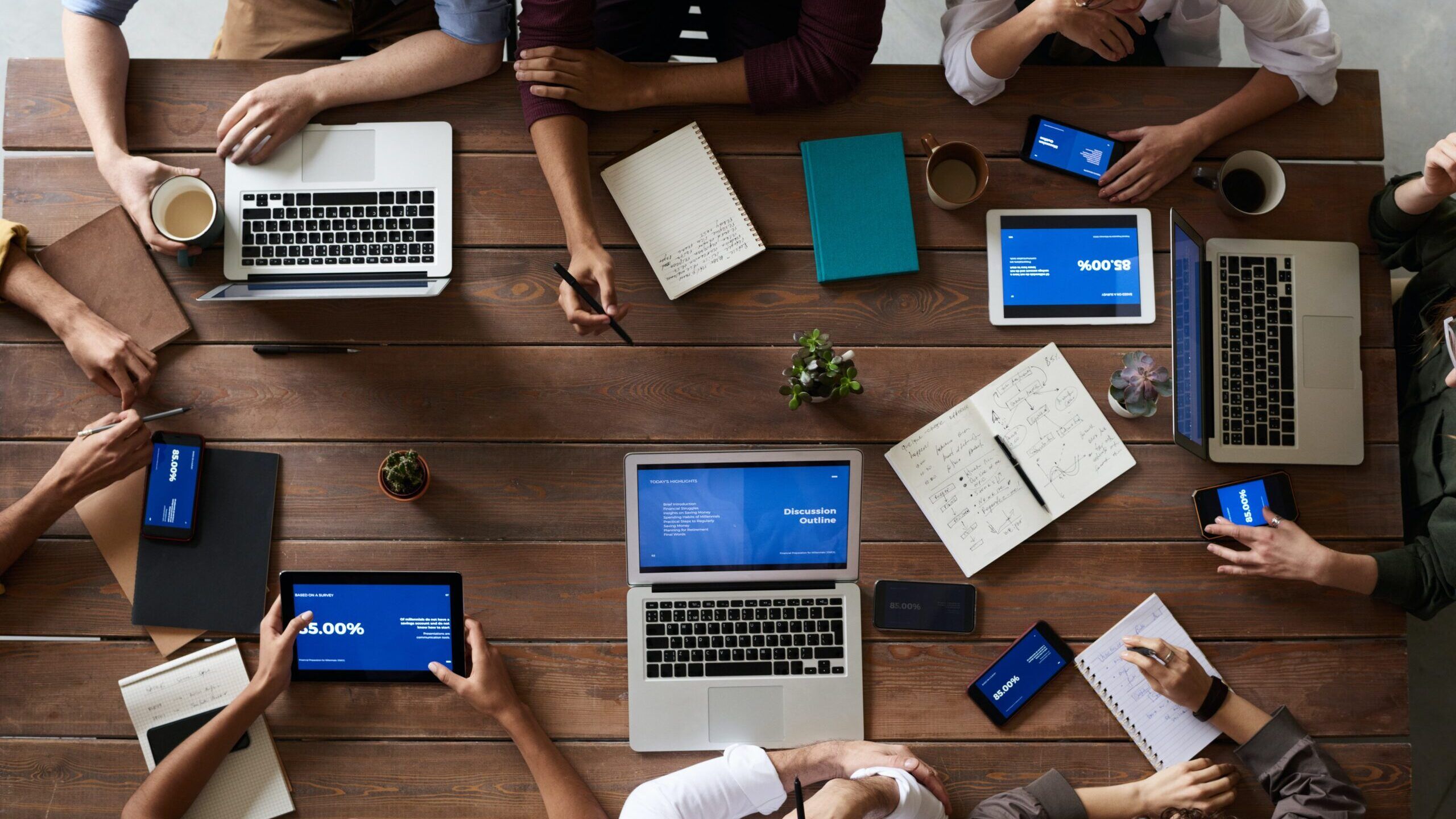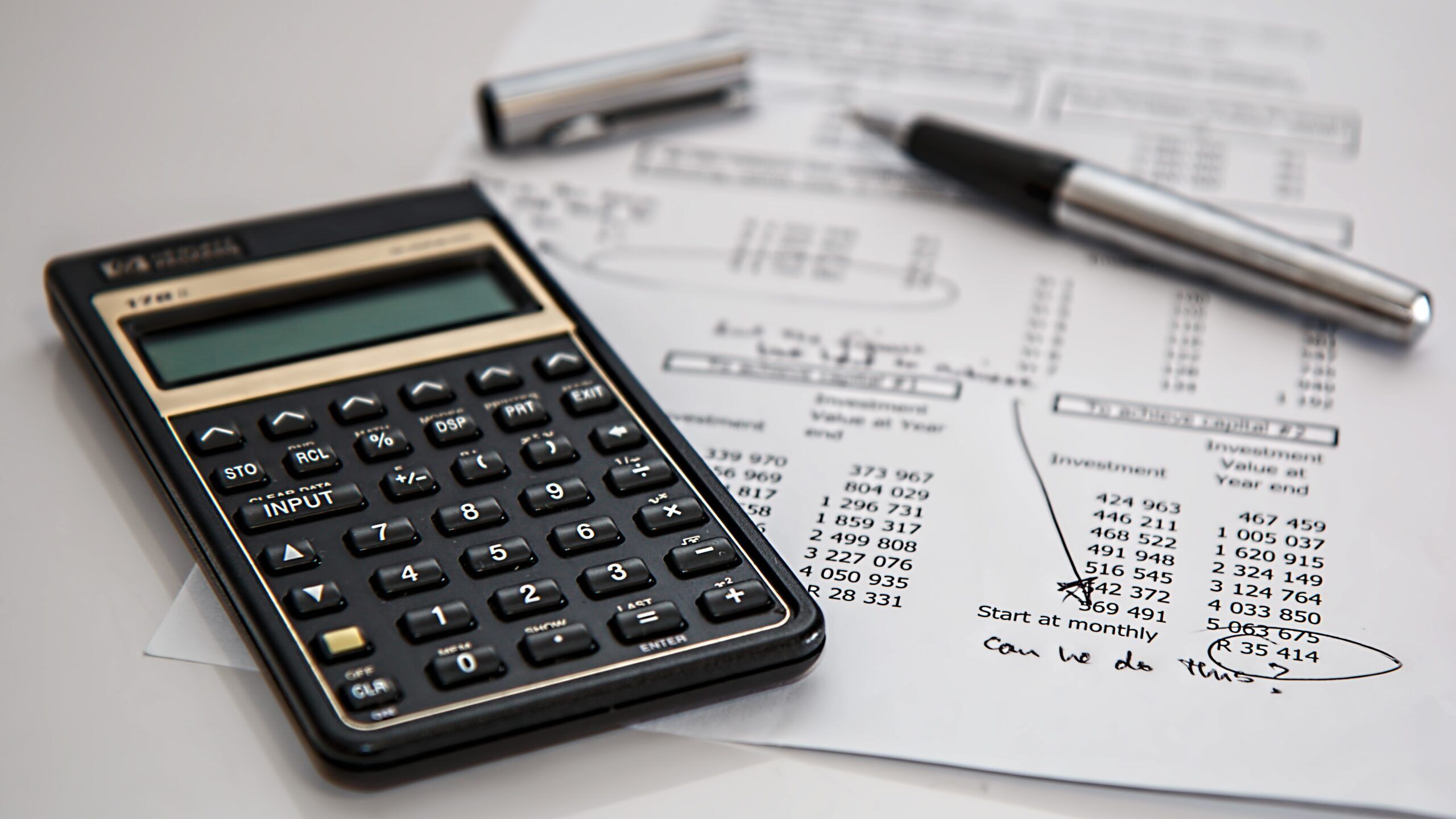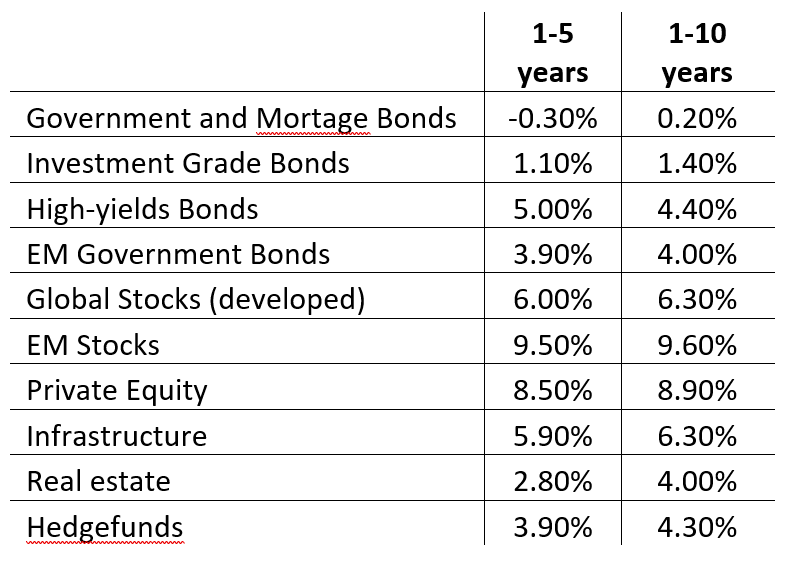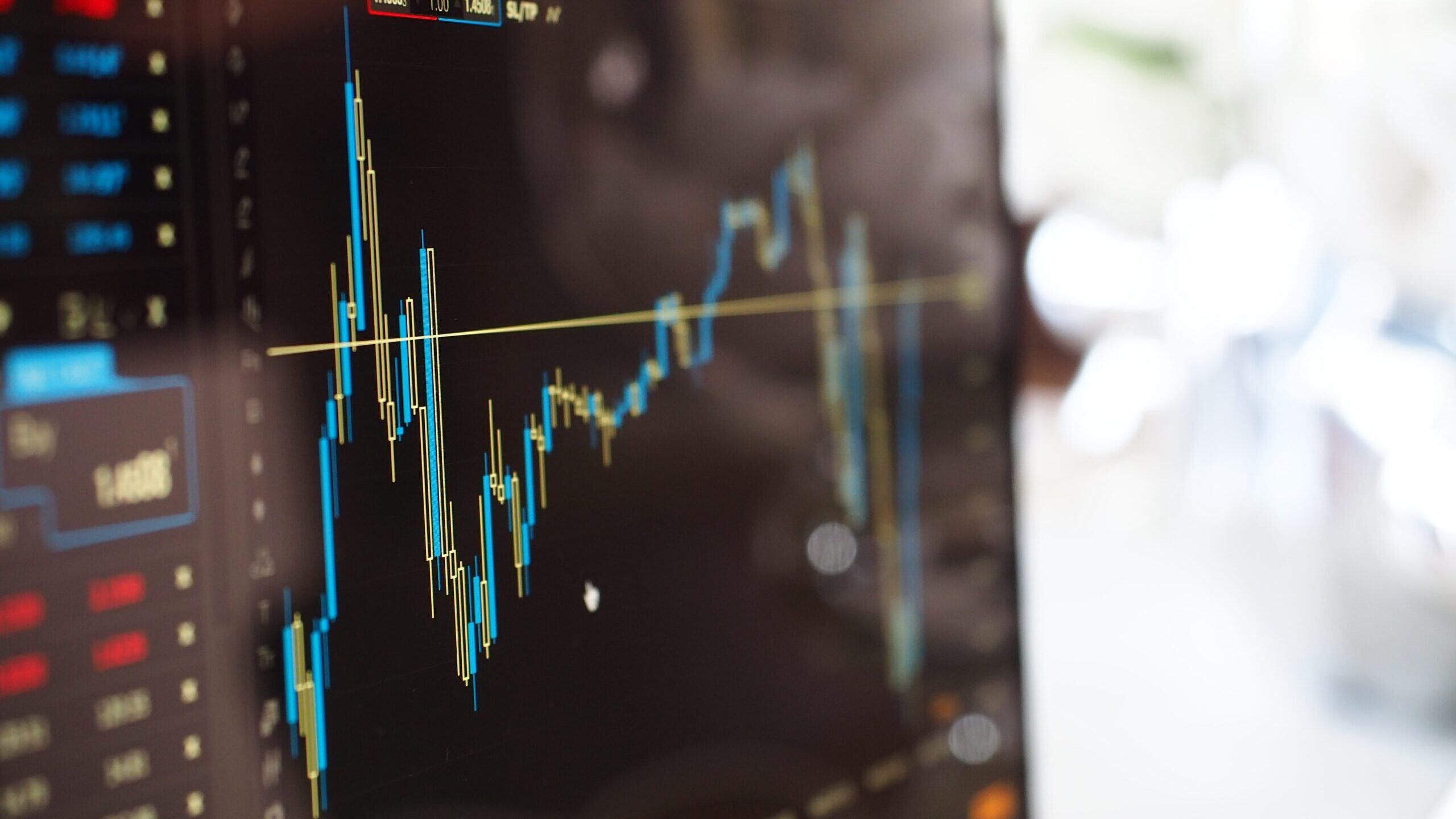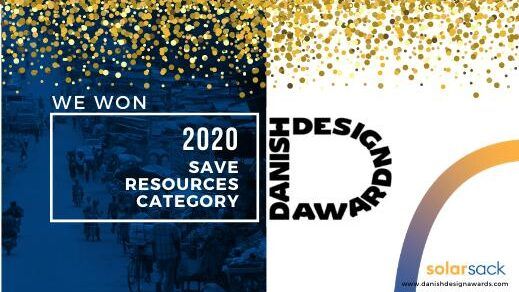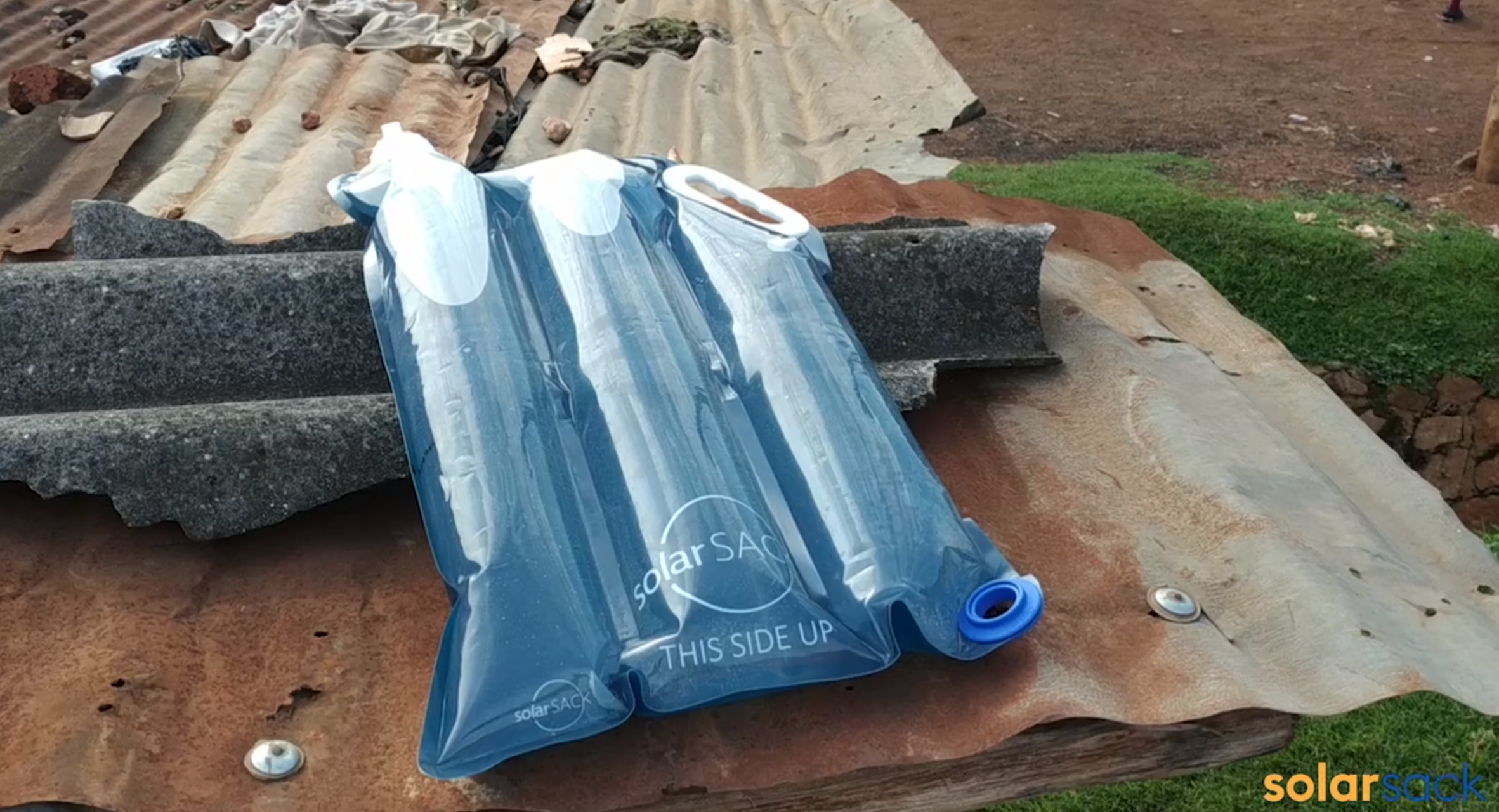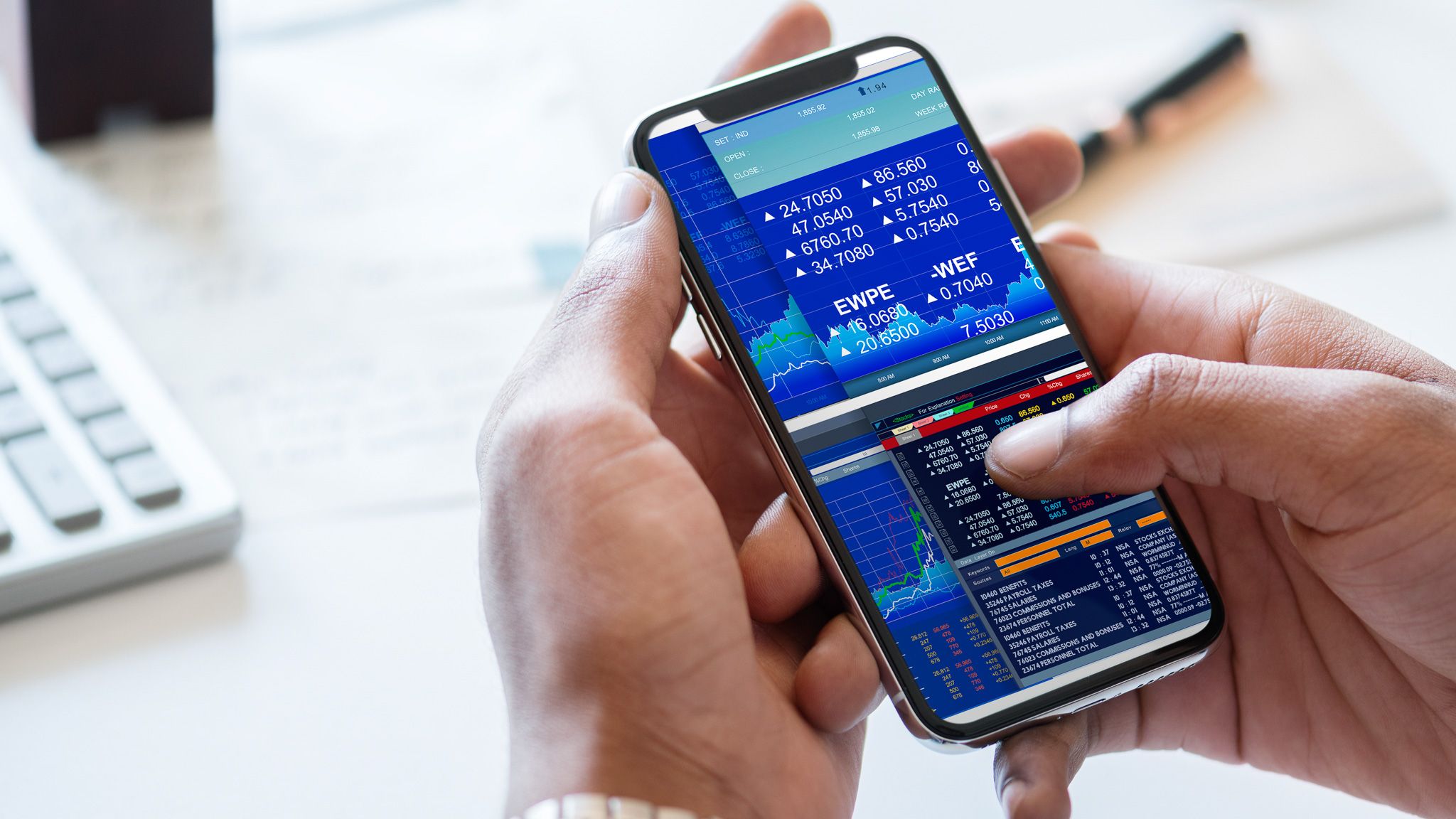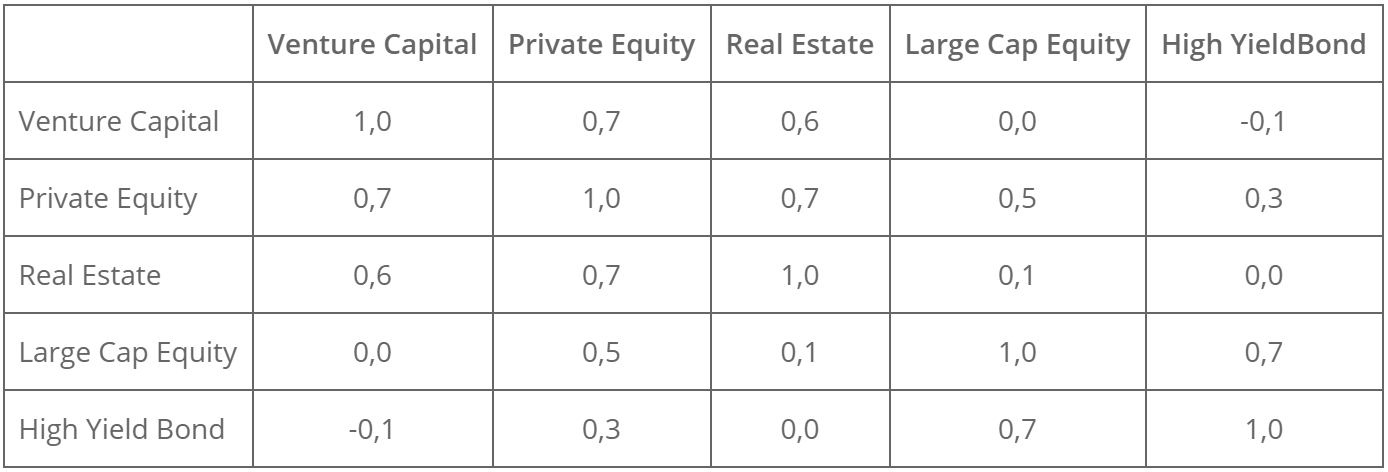4 tips to get the most out of your alternative investment
4 tips to get the most out of your alternative investment
By Ulrik Falkenstrøm, COO & Vicepresident
MEGATREND INVEST
Risikoprofil i alternative investeringer
Hvordan er din risikoprofil? Foretrækker du en lav risiko, som medfører et begrænset eller lavt afkast, eller er du risikovillig og går efter et højt afkast? Det er typisk det valg du skal træffe, når du står med muligheden for at investere i enten traditionel eller alternativ investering. Det er der ingen tvivl om, men ikke desto mindre er det måske nok en anelse mere nuanceret.
Alle vil naturligvis gerne have det højst mulige afkast, og det er der gode muligheder for, når man vælger alternative investeringer. Samtidig skal man dog være opmærksom på, at det aldrig bliver risikofrit. Men der er mulighed for at minimere risikoen ved at træffe de rette valg og sikre en spredning af både den samlede investeringsportefølje og den del, der eventuelt afsættes til alternativ investering. Her er 4 gode råd i forbindelse med alternativ investering:
1. Valg af investeringer
Vurdér eksisterende trends og vær kritisk og selektiv i dit valg. Nogle teknologier og områder vækster lige nu. Bioteknologi, sundhed og eksempelvis også et område som kunstig intelligens er oplagte. Hold også øje med nystartede virksomheder indenfor disse områder. Uanset hvilket område, du foretrækker, har det bæredygtige også høj fokus, og alt tyder på, at dette område får endnu større præference fremover. Ja, det er næsten umuligt at forestille sig, at det ikke gør, for en stor del af den yngre generation tager ansvarlighed og bæredygtighed som en selvfølge, og det vil selvfølgelig påvirke efterspørgslen.
2. Spredning af din investeringskapital
Et potentielt højt afkast af alternative investeringer kan være fristende. Men det mest fornuftige er at sikre en fordeling af investeringsmidlerne på traditionelle og alternative investeringer. Et godt råd er, at ca.10% placeres på alternative (unoterede aktier) og resten på det traditionelle område (obligationer og noterede aktier). Du kan læse mere om porteføljespredning i artiklen af Søren Rytoft fra MEGATREND INVEST.
3. Spredning af din risiko ved alternativ investering
Det gælder som med alt andet, at lægger du alle æg i én kurv, er risikoen for tab også større. I forbindelse med din alternative investeringsdel er det derfor vigtigt at få spredt dine investeringer ikke bare på de rette virksomheder, men også på flere forskellige. Det reducerer risikoen yderligere.
4. Professionel rådgivning
Uanset hvilken porteføljefordeling du vælger, er professionel rådgivning af stor betydning. Her er det vigtigt at læne sig op ad rådgivere med en stor viden, og rådgivningen skal derudover også være baseret på stor og solid praktisk erfaring.
I MEGATREND INVEST investerer vi i de allerbedste kapitalsøgende danske iværksætter- og vækstvirksomheder. Vi investerer kun i ansvarlige og bæredygtige virksomheder inden for 9 udvalgte megatrends i verden. En investering i iværksættervirksomheder er forbundet med en risiko, men ved at sprede risikoen på mange nøje udvalgte investeringscases, reduceres risikoen markant.
Det ser vi som den bedste strategi med hensyn til at fremtidssikre og få det optimale ud af en alternativ investering.
05.08.2020


